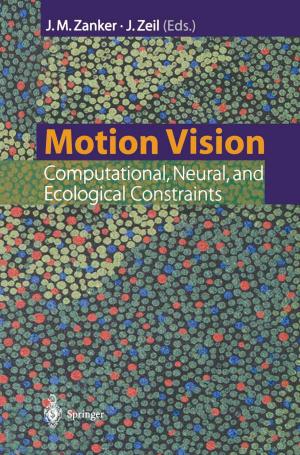Chiral Recognition in Separation Methods
Mechanisms and Applications
Nonfiction, Science & Nature, Science, Chemistry, Analytic, Health & Well Being, Medical, Specialties, Pharmacy| Author: | ISBN: | 9783642124457 | |
| Publisher: | Springer Berlin Heidelberg | Publication: | June 16, 2010 |
| Imprint: | Springer | Language: | English |
| Author: | |
| ISBN: | 9783642124457 |
| Publisher: | Springer Berlin Heidelberg |
| Publication: | June 16, 2010 |
| Imprint: | Springer |
| Language: | English |
What drives a scientist to edit a book on a speci c scienti c subject such as chiral mechanisms in separation methods? Until December 2005, the journal Analytical Chemistry of the American Chemical Society (Washington, DC) had an A-page section that was dedicated to simple and clear presentations of the most recent te- niques or the state of the art in a particular eld or topic. The “A-page” section was prepared for a broad audience of chemists including industrial professionals, s- dents as well as academics looking for information outside their eld of expertise. 1 Daniel W. Armstrong, one of the editors of this journal and a twenty-year+ long friend, invited me to present my view on chiral recognition mechanisms in a simple and clear way in an “A-page” article. In 2006, the “A-page” section was maintained as the rst articles at the beginning of each rst bi-monthly issue but the pagination was no longer page distinguished from the regular research articles published by the journal. During the time between the invitation and the submission, the A-page section was integrated into the rest of the journal and the article appeared as (2006) Anal Chem (78):2093–2099.
What drives a scientist to edit a book on a speci c scienti c subject such as chiral mechanisms in separation methods? Until December 2005, the journal Analytical Chemistry of the American Chemical Society (Washington, DC) had an A-page section that was dedicated to simple and clear presentations of the most recent te- niques or the state of the art in a particular eld or topic. The “A-page” section was prepared for a broad audience of chemists including industrial professionals, s- dents as well as academics looking for information outside their eld of expertise. 1 Daniel W. Armstrong, one of the editors of this journal and a twenty-year+ long friend, invited me to present my view on chiral recognition mechanisms in a simple and clear way in an “A-page” article. In 2006, the “A-page” section was maintained as the rst articles at the beginning of each rst bi-monthly issue but the pagination was no longer page distinguished from the regular research articles published by the journal. During the time between the invitation and the submission, the A-page section was integrated into the rest of the journal and the article appeared as (2006) Anal Chem (78):2093–2099.















